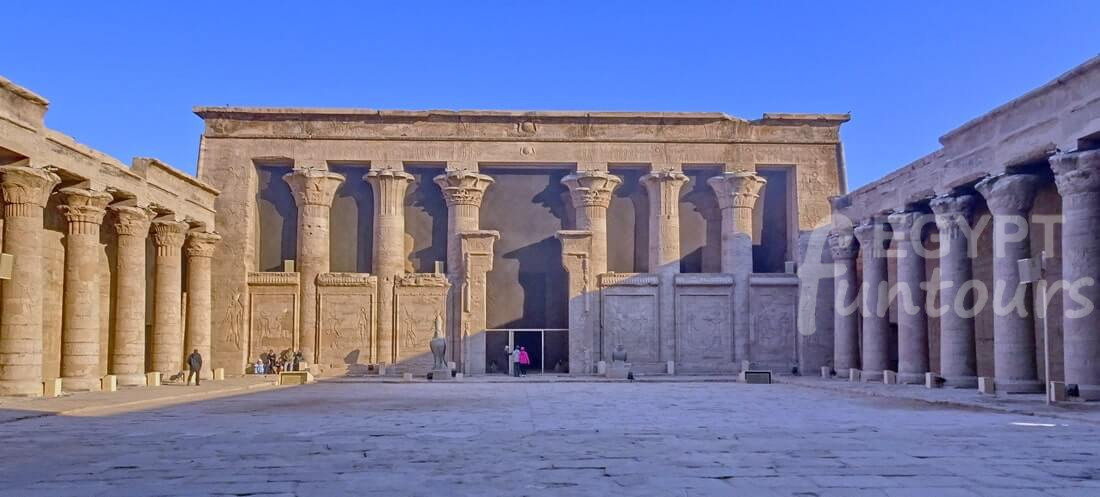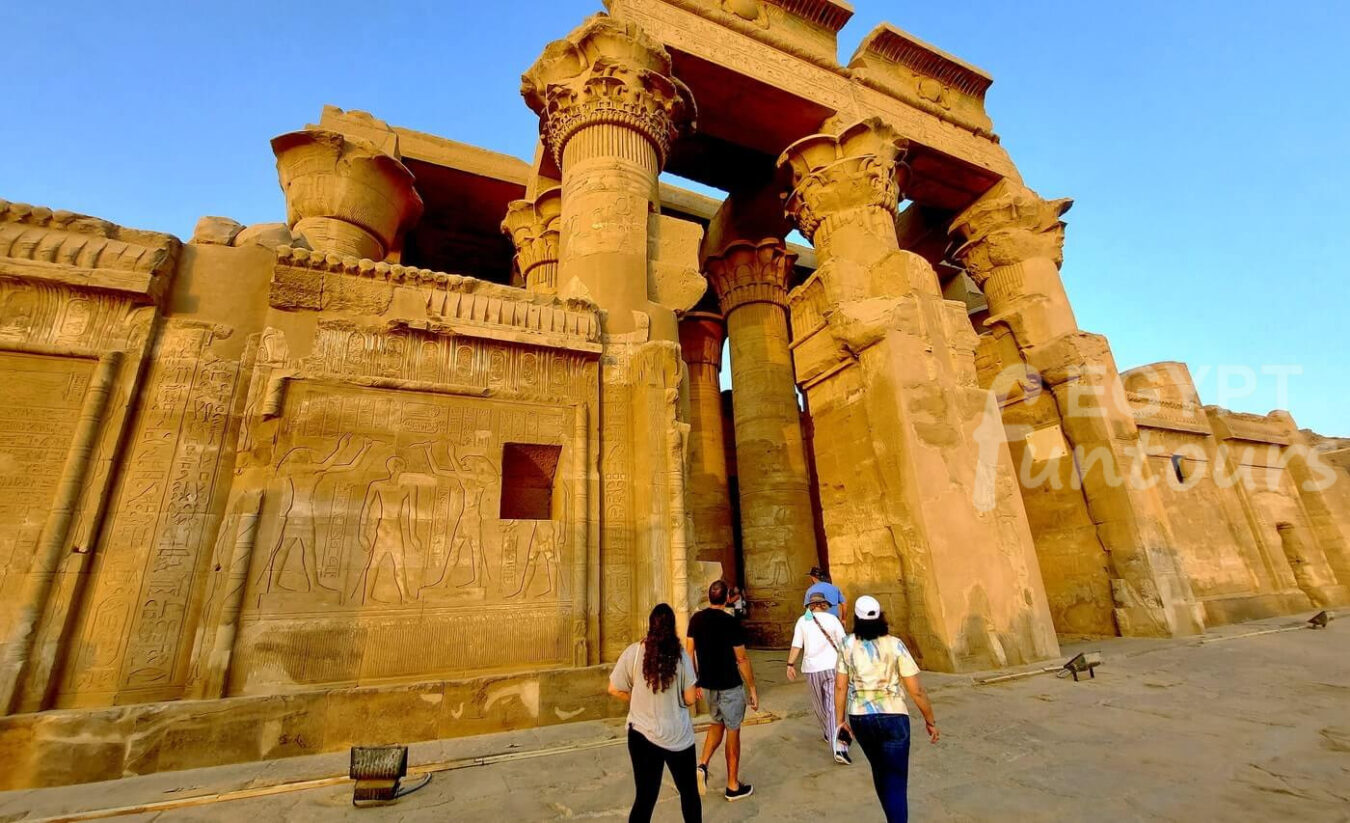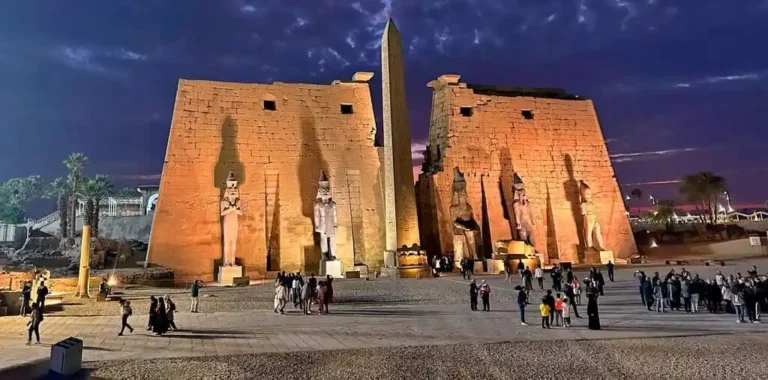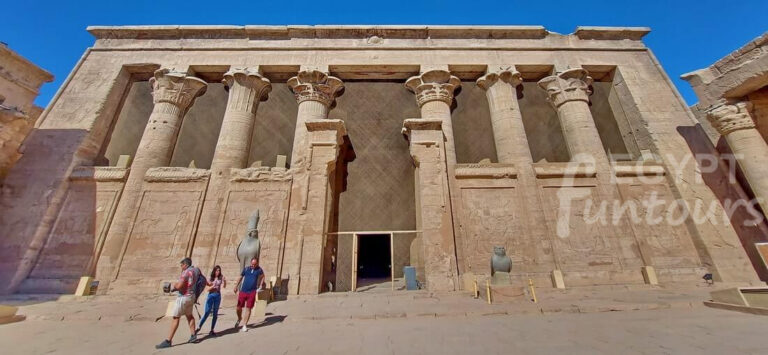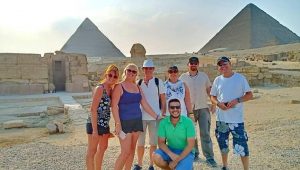A New Era of Rulers: The Ptolemaic Dynasty
The Ptolemaic dynasty (332–30 BCE) was a Hellenistic kingdom that ruled over Egypt for nearly three centuries. Ptolemy I Soter, one of Alexander the Great‘s generals, established the dynasty after Alexander’s death. The Ptolemies’ rule ended with the death of the famous Cleopatra VII and the Roman conquest of Egypt. The Greek and Egyptian cultures blended during this era, and Alexandria rose as a center of knowledge, and a highly centralized political and economic system developed.

